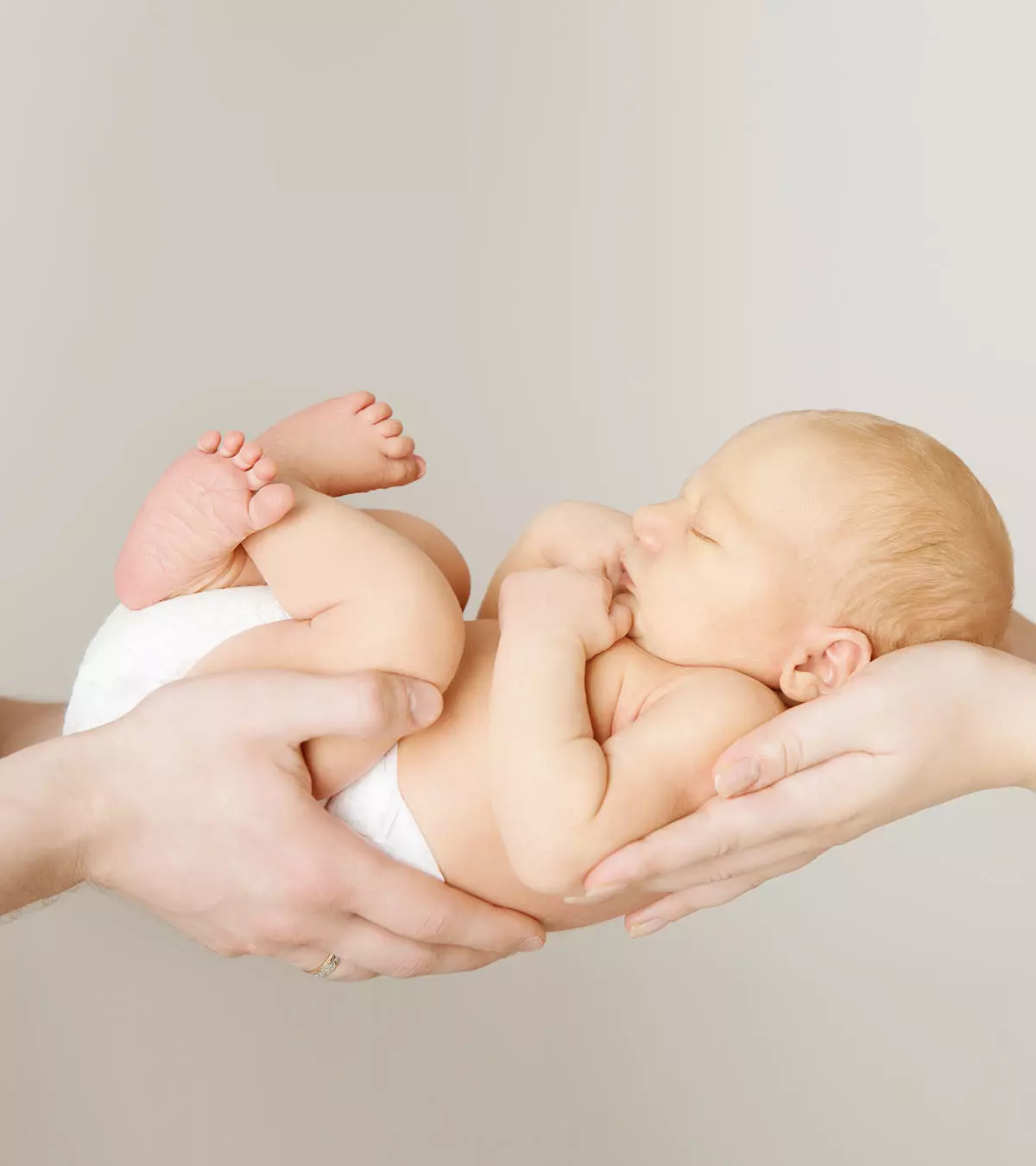
Image: Shutterstock
When we say labor or childbirth, the one thing that comes to mind is “pain”. Having a baby is great news, but we’re not going to sugarcoat it — the process of childbirth is painful! However, it’s essential to know that although pain is part and parcel of the childbirth experience, you’ll have to balance it out with some relaxation.
There are plenty of relaxation techniques that people make use of during labor. Some of this includes gentle massages, breathing exercises, music, water therapy, or even visualization techniques. While all these techniques are great, they can be of no use if you’re making mistakes that can come in the way of relaxation and may even have an opposite effect (1). Our bodies too try to manage pain by using certain muscle groups. By clenching and unclenching certain joints and muscles regions, the pain is spread to some degree reducing it. However, there are always right and wrong ways of doing anything. In the case of relaxation techniques, what are the common mistakes, and are you guilty of them? Let’s find out!
1. Pain Helps With Labor!

Image: Shutterstock
Before we get started about the various relaxation techniques during labor and what you’re doing to hinder that process, let’s shed some light on the fact that pain can actually be beneficial for labor and how so.
Firstly, it signals the brain that it is time! Imagine if there was no pain associated with labor— you might not even know that your child is on its way! The pain associated with labor is due to contractions that are so very important to the process of childbirth (2). The pain sends the signal to your brain for you to take the appropriate action.
Pain also facilitates the movement of your little one through the birth canal. The pain during labor pushes you to look for comfort, which is what you do when you look for the correct positions that can help you with moving your child. Women instinctively know what they need to do to find some respite during labor, in the form of pushing and positioning themselves, which can in turn help with childbirth. You can imagine pain as a guidance mechanism telling mothers exactly what steps to take during childbirth. It comes as a surprise to many that pain holds such an important role to play and is not just a nuisance (2).
Finally, pain’s most crucial role in childbirth is that it works in tandem with your hormones. When you experience pain during labor, an interesting hormone is released — endorphins. These hormones are released as a form of your body’s response to stress or pain. It calms you down! When your body has enough endorphins during labor, you may experience some much-needed relief, which again can help you, particularly during the final stages of labor. In a peculiar way, it can block things out so you can focus on the one thing that at that point matters the most — getting your child out! (2).
2. Three Main Mistakes Which Affects Relaxation

Image: Shutterstock
Although pain is an integral part of labor, it is natural to want to experience some respite, which is essential too! It may sound counterintuitive, but relaxing can be as equally crucial to the labor process as pain. And it may seem like pain and relaxation can’t exist in the same room, but they can! It’s important to be relaxed, which is why you have people trying to soothe or calm you down during labor (1). We utilize various muscle groups in our bodies in reducing pain. This is like a built-in pain management system we possess in our bodies. However, certain gestures or actions that we naturally end up doing might not always be the best way of doing them. Let’s look at three such things we do that can come in the way of relaxation during labor:
3. You’re Tensing Your Shoulders

Image: Shutterstock
One of the biggest mistakes that a mother makes when in labor is tensing their shoulders. Try to notice this the next time you are stressed or angry — your shoulders are probably stiff. When you become conscious of it, that’s when you will realize that you’ve been holding it tight in the first place! The same holds true for when you’re in labor too. Your shoulders are most likely tense, but relaxing them can make a huge difference. If you’re the one in labor, make a conscious effort to relax your shoulders. And if you’re the partner of someone who is about to go into labor, tell them to relax their shoulders at regular intervals. You could also gently rub their shoulders and neck (1). You will notice an immediate release of tension the moment your shoulders stop being tight and tense.
4. Tightening Your Jaws

Image: Shutterstock
Another common thing that you would have noticed when you’re stressed or frustrated is that you clench your teeth, jaws, or purse your lips. It’s your body’s natural response to stress, and this is what you probably end up doing when you’re in labor too. Your doula, midwife, or nurse will ask you to relax your jaws, and if they don’t, then it will help to remember that you need to do this (1). Gritting your teeth and tightening your jaws will only add extra stress to your body.
5. Clenching Your Fists!

Image: Shutterstock
Labor is painful — there’s no denying that. When in pain, it is a very natural response to clench your fists. And this is what you’re most likely doing during childbirth too. What you don’t know is that relaxing your fists is a technique that can calm you down to a certain level. And as we had mentioned before, relaxing in all that turmoil can actually help (1). However, prolonged clenching of the fist will make it hard for the body to relieve the tension and associated pain. Once you realize that you are clenching too hard, make a conscious effort to unclench and let your body come back to a relaxed state.
So here you go — drop down your shoulders, relax your jaws, and stop clenching your fists. It winds you up even more. The more you keep practicing relaxing these muscle groups, the better you will get. Before long, your body will learn to automatically adjust itself to pain and not develop further tension in the body. Remember that childbirth doesn’t last forever, it’s going to be over soon, and by the end of it, you will have your baby in your arms! What are your thoughts on this? Let us know in the comments below!
References
- Relaxation Techniques For Pain Management In Labour
https://www.ncbi.nlm.nih.gov/pmc/articles/PMC6494625/ - The Pain of Labour
https://www.ncbi.nlm.nih.gov/pmc/articles/PMC4589939/
Community Experiences
Join the conversation and become a part of our nurturing community! Share your stories, experiences, and insights to connect with fellow parents.












